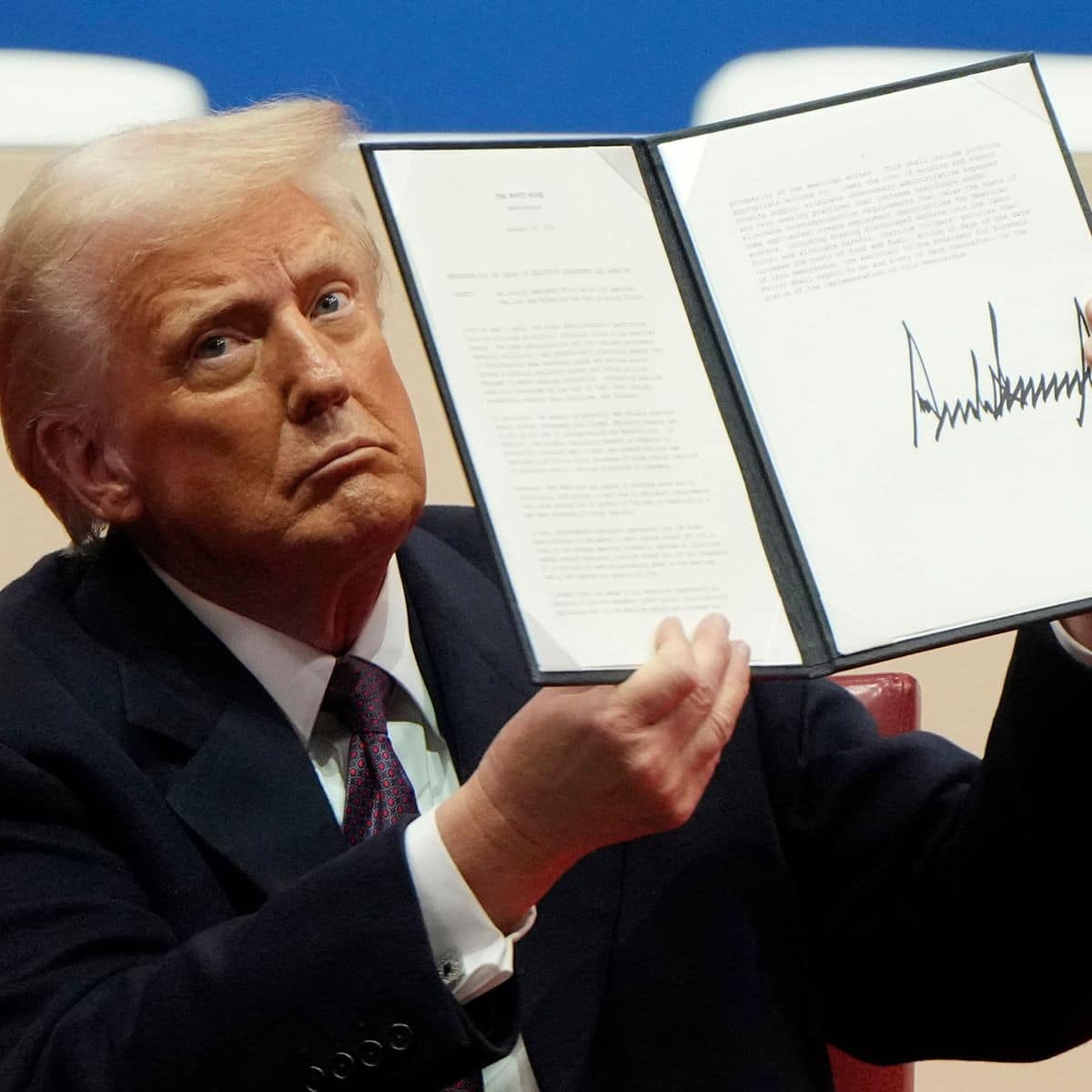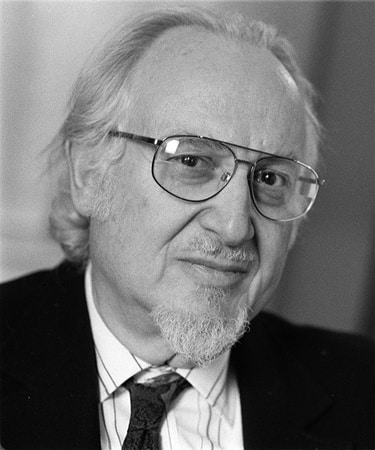When did Mozart write the Canadian national anthem?
mainPicture the scene.
A sun-kissed morning in Vienna, coffee steaming gently. The great composer is at his billiards table when two Mounties ride up with a fat commission for a stirring anthem.
Our friend, composer Michael Vincent, finds O Canada and the March of the Priests from Magic Flute to be absolutely identical.
It’s undeniable. Click here to hear for yourselves.






Comments